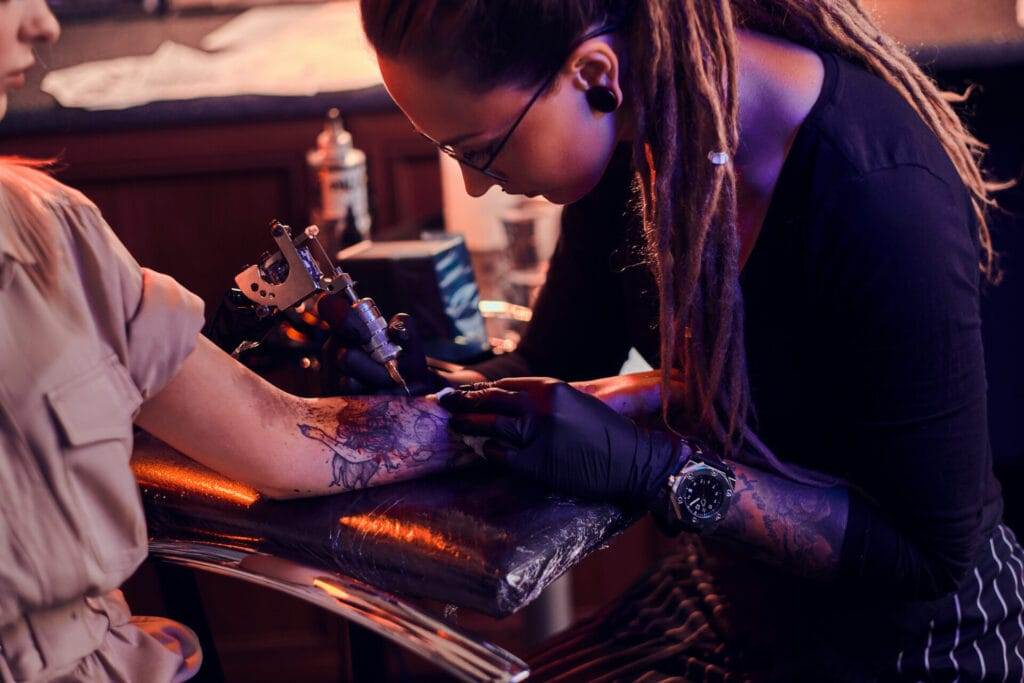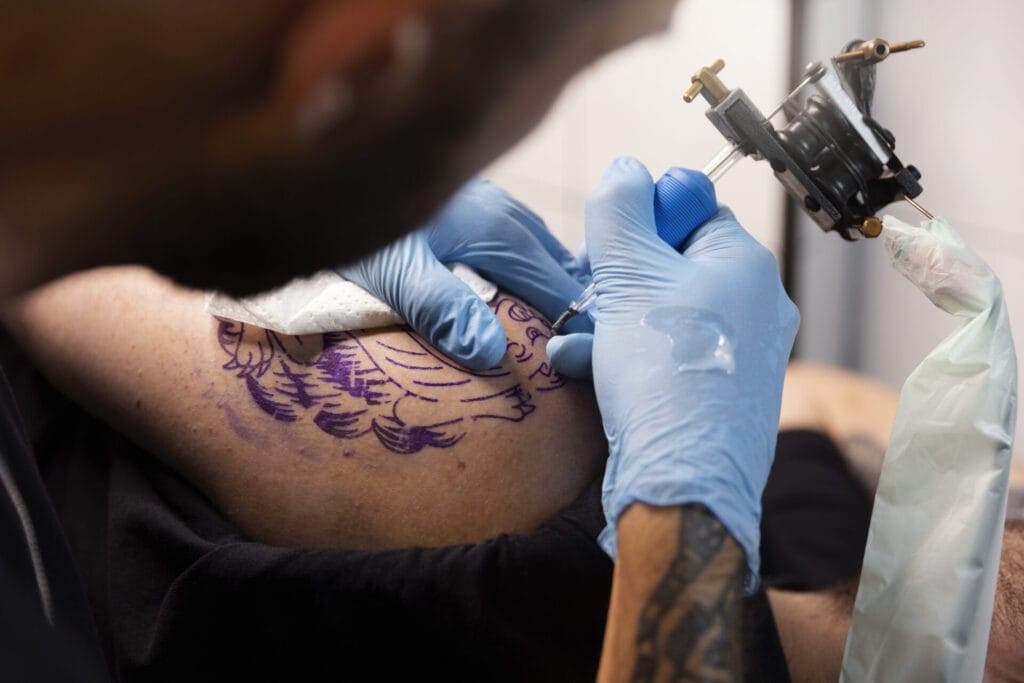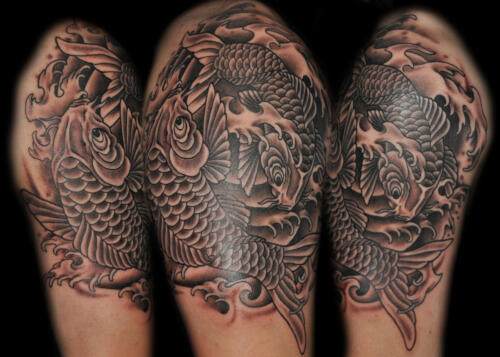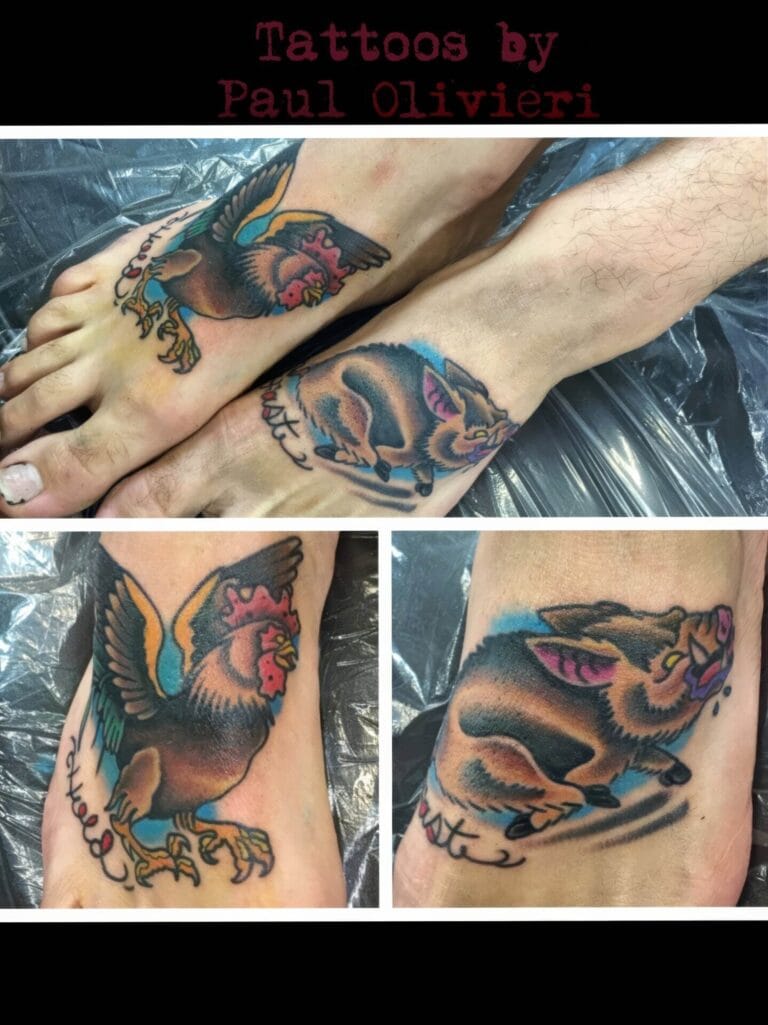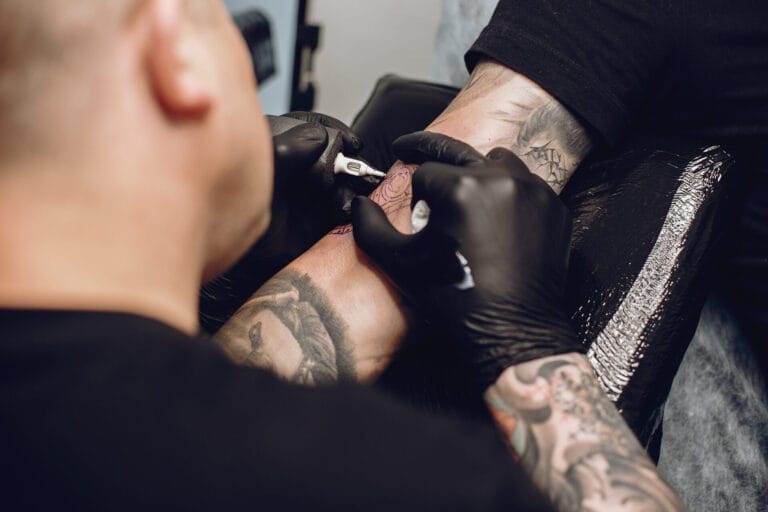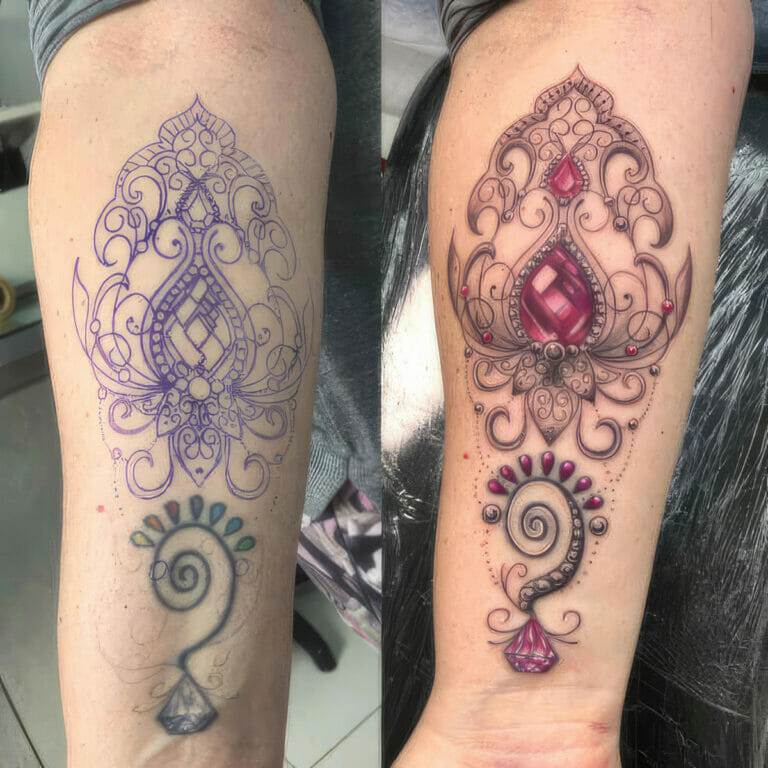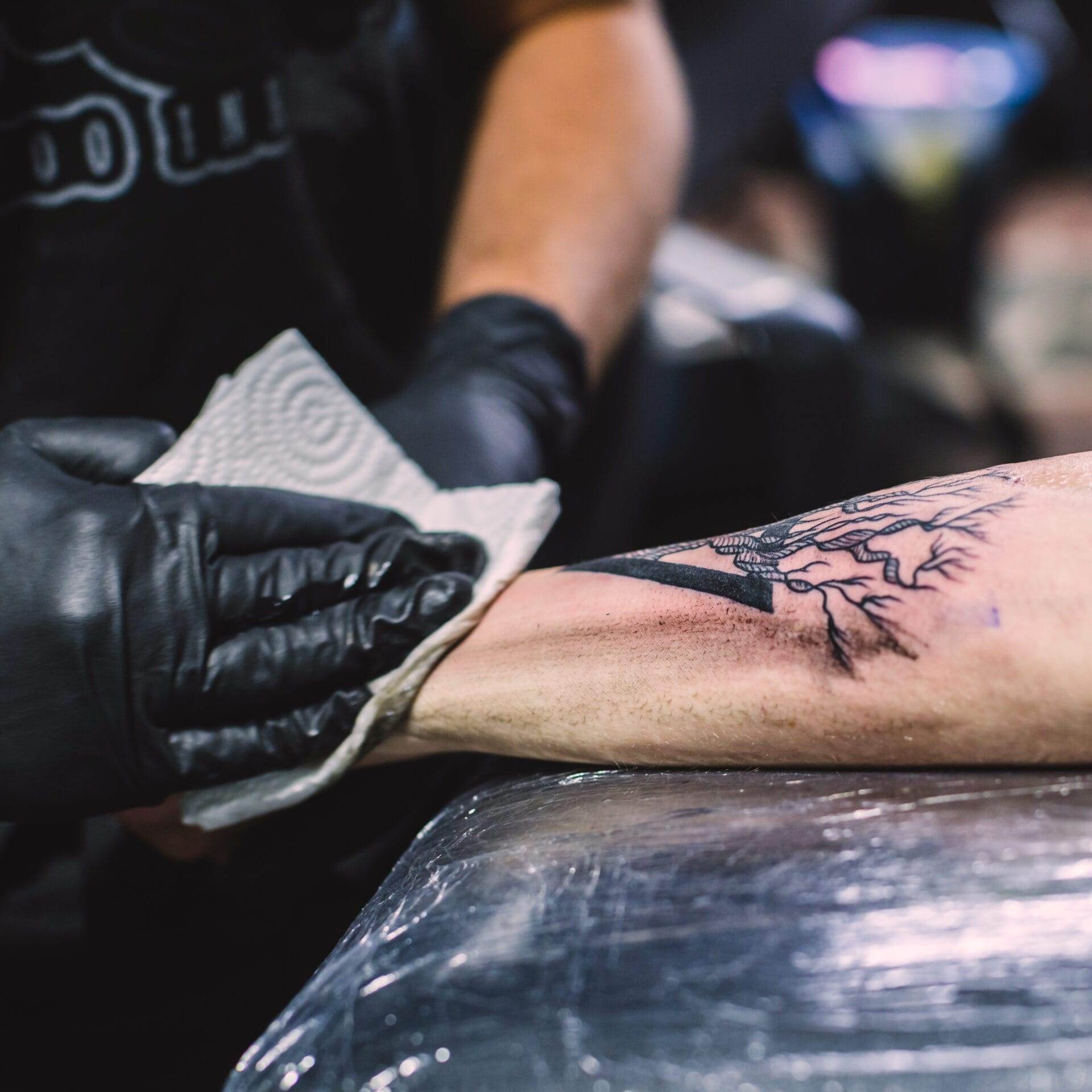
Introduction
Understanding Tattoo Cover-Ups
Tattoo cover-ups are an artistic solution for those looking to transform an old, unwanted tattoo into a fresh, new design. As people evolve, so do their tastes, and what was once a meaningful symbol might no longer resonate. This is where the beauty of tattoo cover-ups comes into play. A skilled tattoo artist can incorporate the existing ink into a more appealing design, allowing individuals to reclaim their skin with confidence. Several techniques and strategies are utilized in the tattoo cover-up process, emphasizing the importance of opting for a professional with experience in this niche. As the demand for these services grows, so too does the expertise within the industry, making it easier for clients to find the right artist to meet their needs.
Benefits of Covering an Old Tattoo
Covering up an old tattoo is not just about hiding it; it offers various benefits that can greatly enhance a person’s self-image. Some of the key advantages include:
- Renewed Confidence: A new design can help individuals feel more aesthetically aligned with their current selves, enhancing self-esteem.
- Creative Expression: Transforming an old tattoo allows for creative reimagining, often leading to a design that reflects who a person has become.
- Closure: Cover-ups can provide emotional healing by symbolizing a fresh start, helping individuals move on from past experiences.
Through these benefits, it becomes clear that tattoo cover-ups are more than a simple fix; they represent a transformative journey that individuals can embrace with pride.
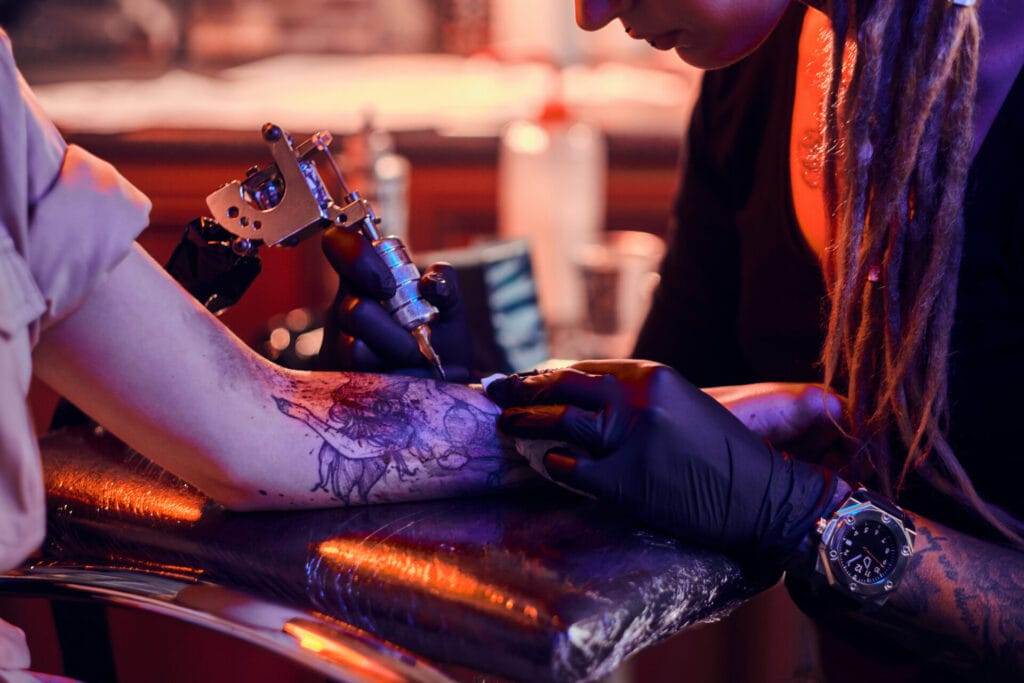
Consultation Process for Tattoo Cover-Ups
Finding a Skilled Tattoo Artist
Finding the right tattoo artist is a crucial step in the tattoo cover-up process. Not all tattoo artists specialize in cover-ups, so it’s essential to seek someone with the expertise and portfolio to back their skills. Start by researching local artists or studios, focusing on those who have successfully completed cover-up projects. Look for reviews and testimonials, and don’t hesitate to ask for referrals from friends or family. Here are some tips to help in your search:
- Portfolio Review: Examine the artist’s previous cover-ups to gauge their style and capabilities.
- Consultations: Schedule initial meetings to discuss your needs and gauge the artist’s understanding and experience.
- Comfort Level: Ensure you feel comfortable with the artist; trust is key when it comes to altering body art.
Discussing Design Options
Once you’ve found a skilled artist, the next step is to discuss design options. This is where your vision begins to take shape. Start by sharing your thoughts on what you want the new tattoo to represent. Consider these points during the discussion:
- Incorporating Existing Ink: Talk about how the old tattoo can be creatively integrated into the new design.
- Color and Style: Discuss whether you want bold, dark colors or softer shades, as these will impact the final look.
- Size and Placement: Evaluate how the new tattoo will fit on your existing skin canvas to ensure it complements your body.
The collaborative approach during this discussion often leads to an exciting creative process, making the anticipation of the final artwork even more enjoyable.
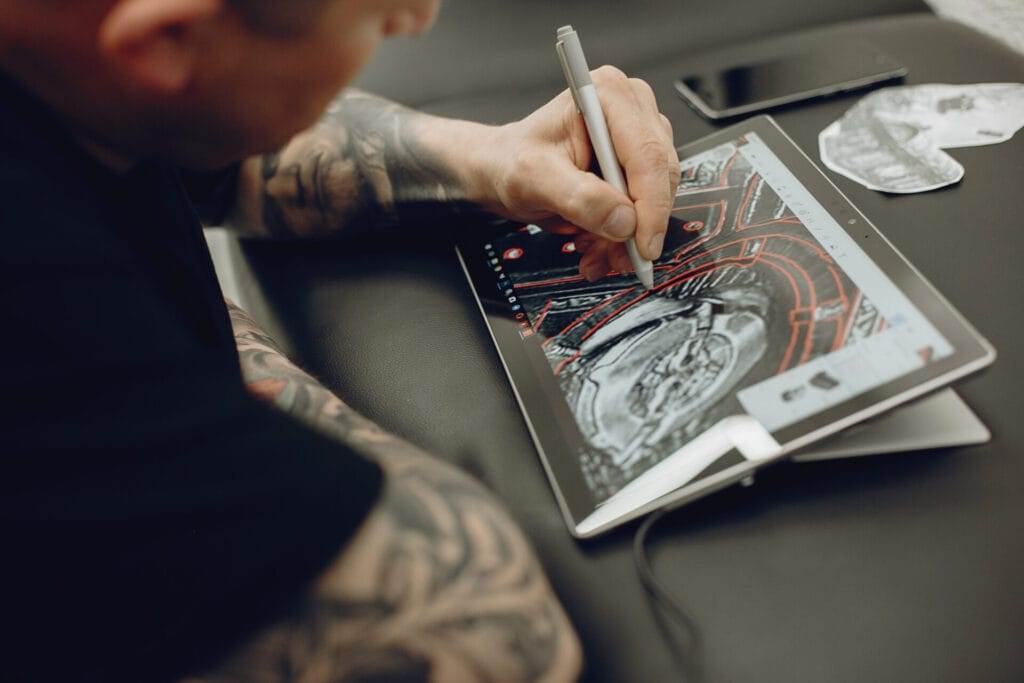
Tattoo Cover-Up Techniques
Use of Darker Colors and Designs
One of the most effective techniques in tattoo cover-ups is the use of darker colors and intricate designs. Dark inks can overshadow and mask the original tattoo, providing a fresh canvas to work on. Artists often opt for black or deep shades of blue, purple, or red to create a bold and dynamic new image. Here are some key points about using darker colors:
- Opacity: Dark colors offer better coverage, which is essential for effectively hiding old tattoos.
- Contrast: Adding lighter elements against darker shades can help create depth and visual interest in the new design.
- Complexity: Intricate designs like florals, mandalas, or geometric patterns are particularly effective, as they can draw attention away from the underlying tattoo.
Incorporating the Old Tattoo into the New Design
Alternatively, many skilled tattoo artists focus on incorporating the old tattoo into the new design instead of completely covering it. This technique can offer a beautiful transformation, allowing for a meaningful blend of past and present. Consider these benefits of this approach:
- Storytelling: Retaining elements of the original tattoo can add depth and personal meaning to the new artwork.
- Creative Skill: A skilled artist can weave the old design into new motifs, ensuring that it becomes a seamless part of the overall aesthetic.
- Unique Concepts: Each cover-up can become an original piece, reflecting not just change but also continuity, creating a storytelling piece of art.
By employing these techniques, individuals can achieve stunning results that resonate with their new journey, giving life to an old tattoo in innovative ways.
Preparing for a Tattoo Cover-Up
Skin Care Tips Before Cover-Up
Preparing your skin for a tattoo cover-up is a crucial step in ensuring the best outcome. Healthy skin not only promotes better ink absorption but also aids in the healing process. Here are a few skin care tips to consider before your appointment:
- Moisturize: Keeping the skin well-hydrated a week prior to your session can help. Use unscented lotions to avoid irritation.
- Sun Protection: Avoid excessive sun exposure before getting your tattoo. UV rays can damage the skin and affect how well the ink takes.
- Avoid Exfoliants: Skip harsh scrubs or chemical exfoliants a few days before your appointment, as fresh or irritated skin may not heal well post-tattoo.
By giving your skin the attention it deserves, you’ll set the stage for a successful cover-up.
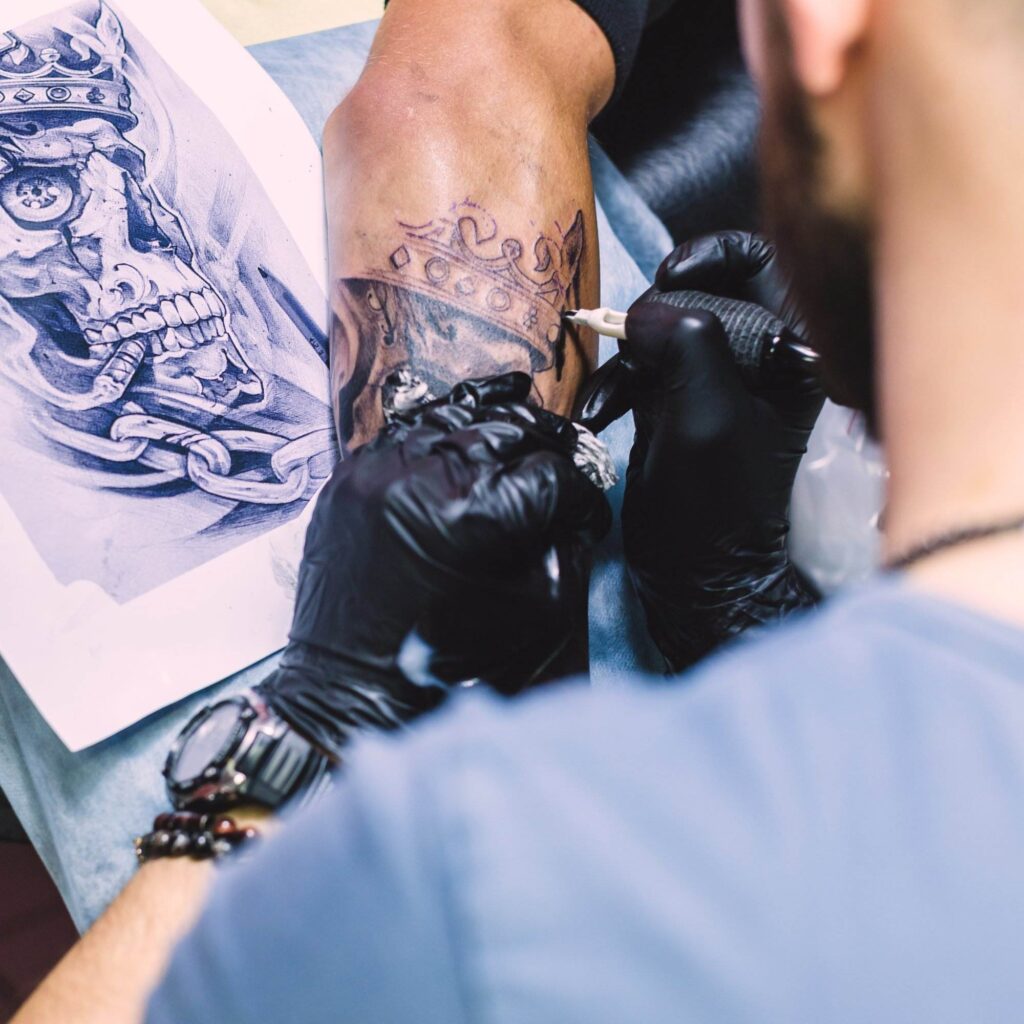
Avoiding Common Mistakes During the Process
Engaging in the tattoo cover-up process can be exhilarating, but it’s important to avoid some common mistakes that may lead to dissatisfaction or complications later.
- Rushing Decisions: Take your time when choosing the design. Avoid the pressure to quickly decide, as it’s a permanent choice.
- Ignoring Professional Advice: Listen to your tattoo artist. They have the expertise to advise on what works best for your skin type and the existing tattoo.
- Underestimating Aftercare: Post-tattoo care is vital. Neglecting follow-up care can affect the healing process and the final appearance of your cover-up.
By paying close attention to both skin care and the decision-making process, clients can ensure that their cover-up experience is not only successful but also satisfying. This preparation lays the groundwork for art that represents a fresh chapter in their lives.
Healing and Aftercare for Tattoo Cover-Ups
Properly Caring for Newly Covered Tattoo
Once the tattoo cover-up is complete, proper aftercare is essential to ensure that the new artwork heals well and retains its vibrant colors. Like any tattoo, a freshly inked cover-up requires specific care:
- Keep it Clean: Gently wash the area with mild soap and water. Avoid harsh chemicals that could irritate the skin.
- Moisturize Regularly: Apply a recommended tattoo aftercare ointment or unscented lotion to keep the tattoo hydrated. This can help in minimizing scabbing and dryness.
- Avoid Scratching: It’s natural for tattoos to itch during the healing process; however, avoid scratching to prevent damage to the design.
By following these guidelines, individuals can support the healing process and enjoy their new tattoo in all its glory.
Schedule for Touch-Ups and Follow-Up Care
Scheduling follow-ups is an important aspect of the tattoo cover-up journey. Depending on how the skin reacts and how well the tattoo heals, touch-ups might be necessary to address any fading or inconsistencies.
- Timing for Touch-Ups: Most artists recommend waiting at least 4-6 weeks after the initial session before assessing if any touch-ups are needed. This allows the skin ample time to heal.
- Regular Check-ins: Touch base with your artist to discuss how the tattoo is healing. They can offer tailored advice on any areas that may need extra attention.
- Long-Term Care: After healing, continue protecting the tattoo from sun exposure with SPF and maintain moisture for longevity.
By adhering to proper aftercare routines and understanding the importance of follow-ups, individuals can ensure that their tattoo cover-up remains as stunning as it was on the day of completion. This commitment to care celebrates not only the artistry but also the personal journey that each tattoo represents.

